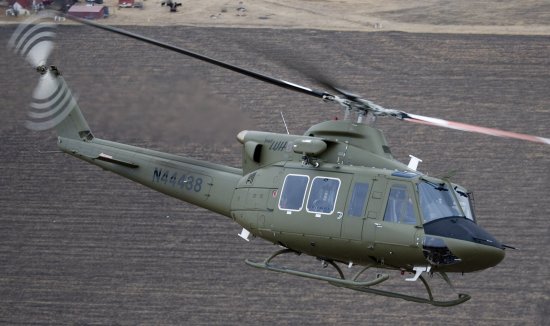In accordance with Newton's law of action of reaction, the helicopter fuselage tends to rotate in the direction opposite to the rotor blades. Torque must be counteracted and or controlled before the flight is possible. At present various technologies are now in use to counteract the torque, such as
Tandem Rotor
Coaxial Rotor
Tip-Jet
Tail Rotor (Fenstrom, NOTAR, Tail Rotor)
To use the tail rotor in the single main rotor, helicopters need a tail boom. The tail boom of a single- main rotor helicopter is subjected to a complex flow field that includes the wakes of the main and tail rotors, the free airstreams flow and wake from the forward fuselage. Hovering and sideward flight present the operational regimes that are most critical with respect to adverse sideward and downward loads on the tail boom. These adverse loads necessitate additional engine power, there by reducing payload, performance and available yaw control margins.
In addition non-linear side force gradients near conditions of boom stall can make precise yaw control very difficult for the pilot. A resonant vibration that occurs in the tail boom section of the helicopter caused by turbulent air flowing over the fuselage. The helicopter tail boom is a complex dynamic system that contains a potentially initiate number of natural frequencies. For simplicity, the tail boom design concentrated on the fundamental natural frequency and its mode of vibration.
I have developed a technology NOTAB with new anti-torque device to overcome a problem from the tail boom, which is not required a tail boom for the anti-torque device.
Benifit of using the NOTAB technology is
Reducing the weight
Reducing the rotor wing span length
Increasing payload
Increasing performance
No mechanical vibrations
No boom stall
Easy hovering and sideward flight
No adverse sideward and downward loads
No additional engine power required to overcome the adverse load
Better yaw control

